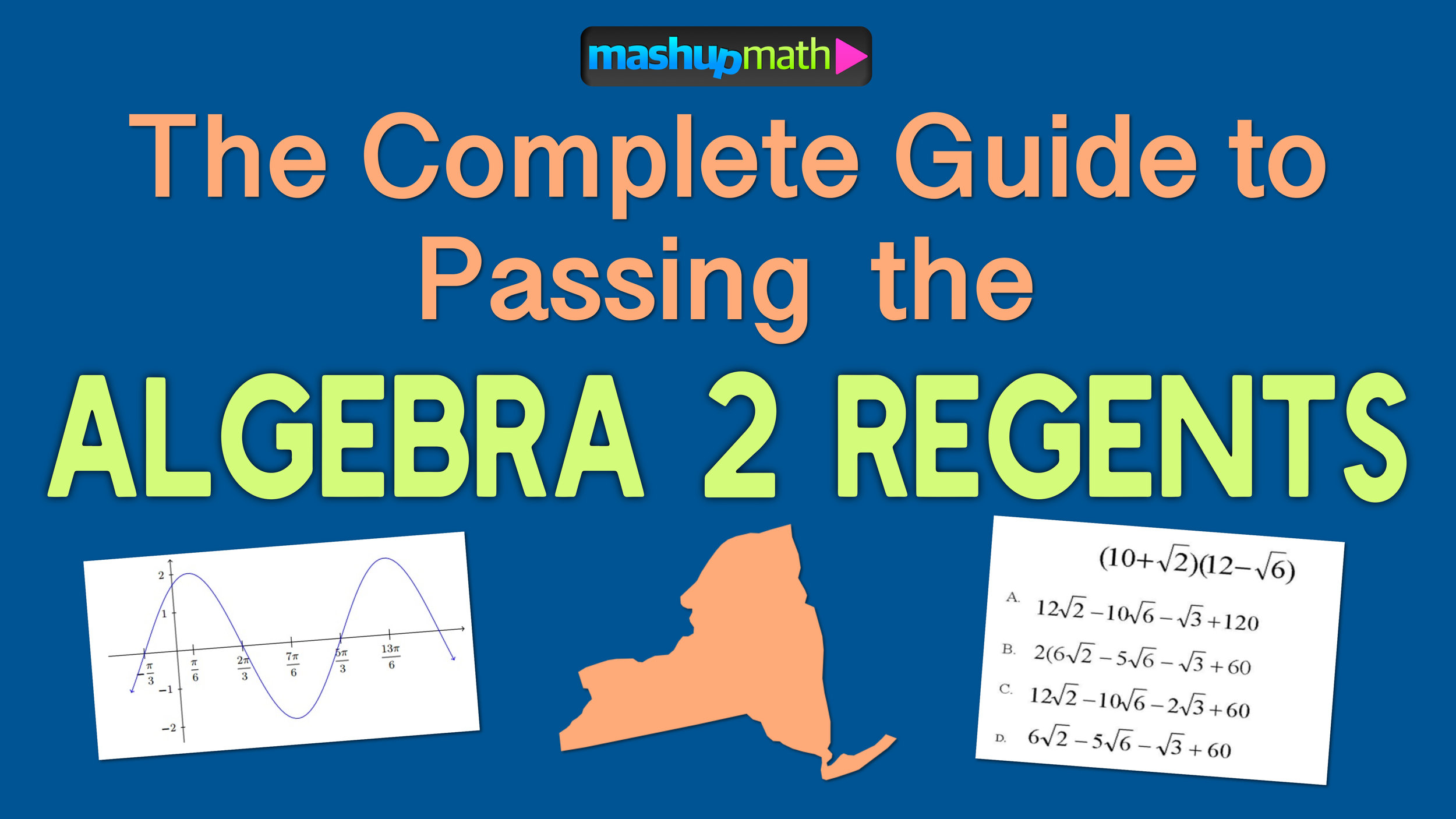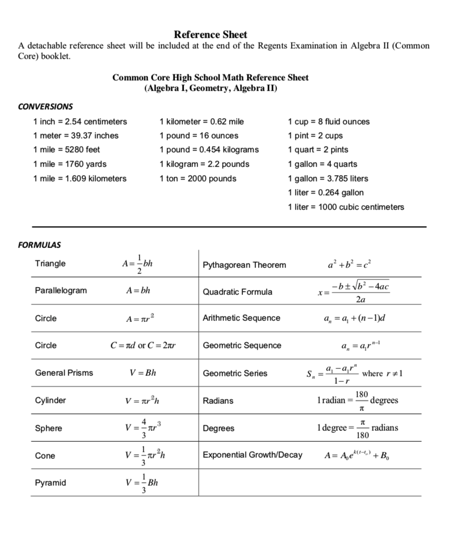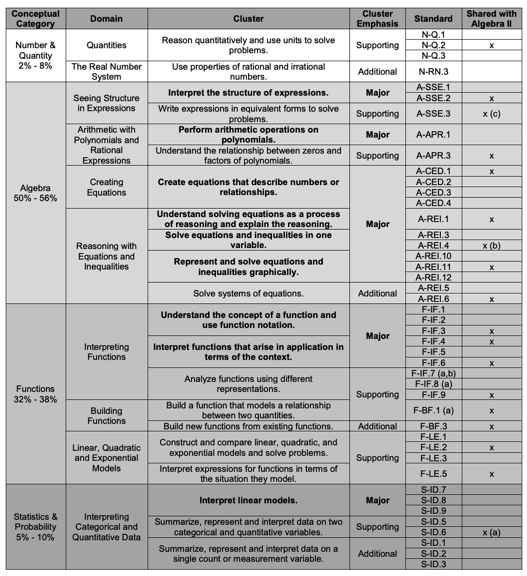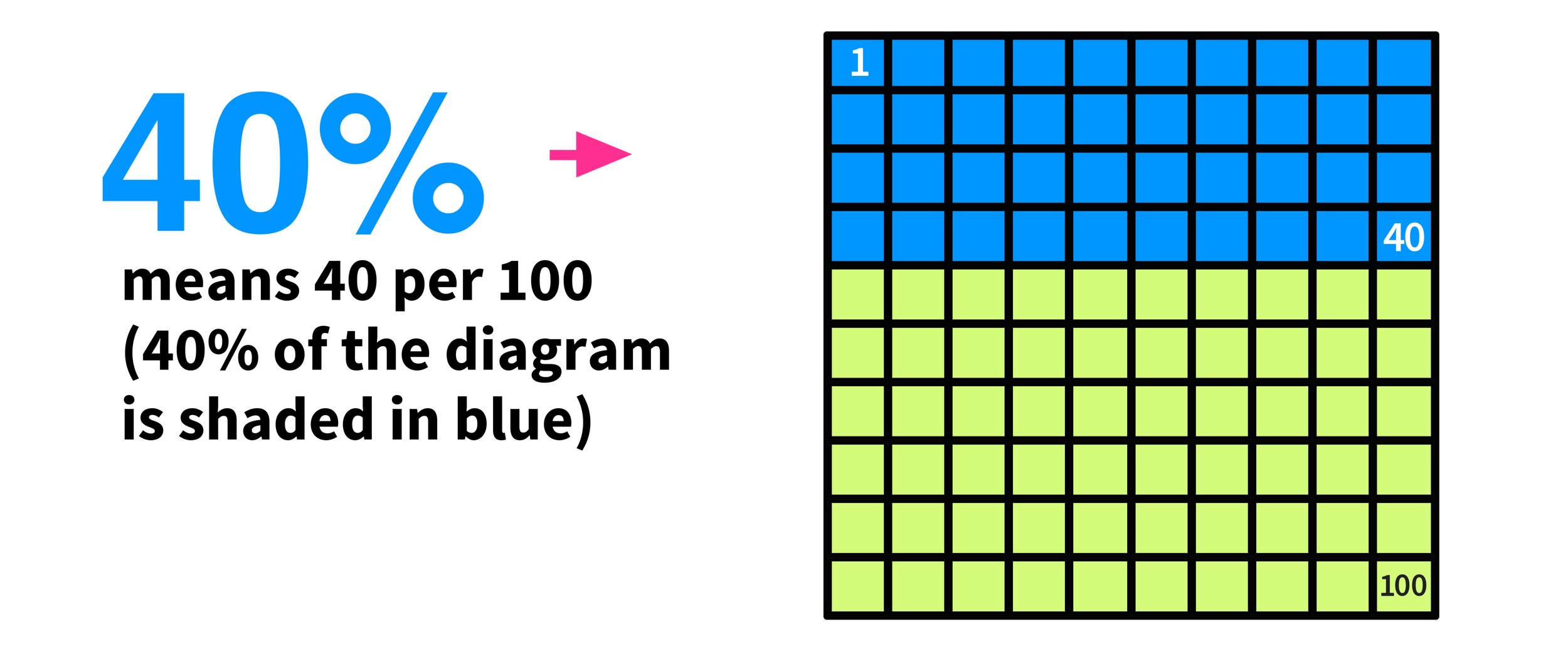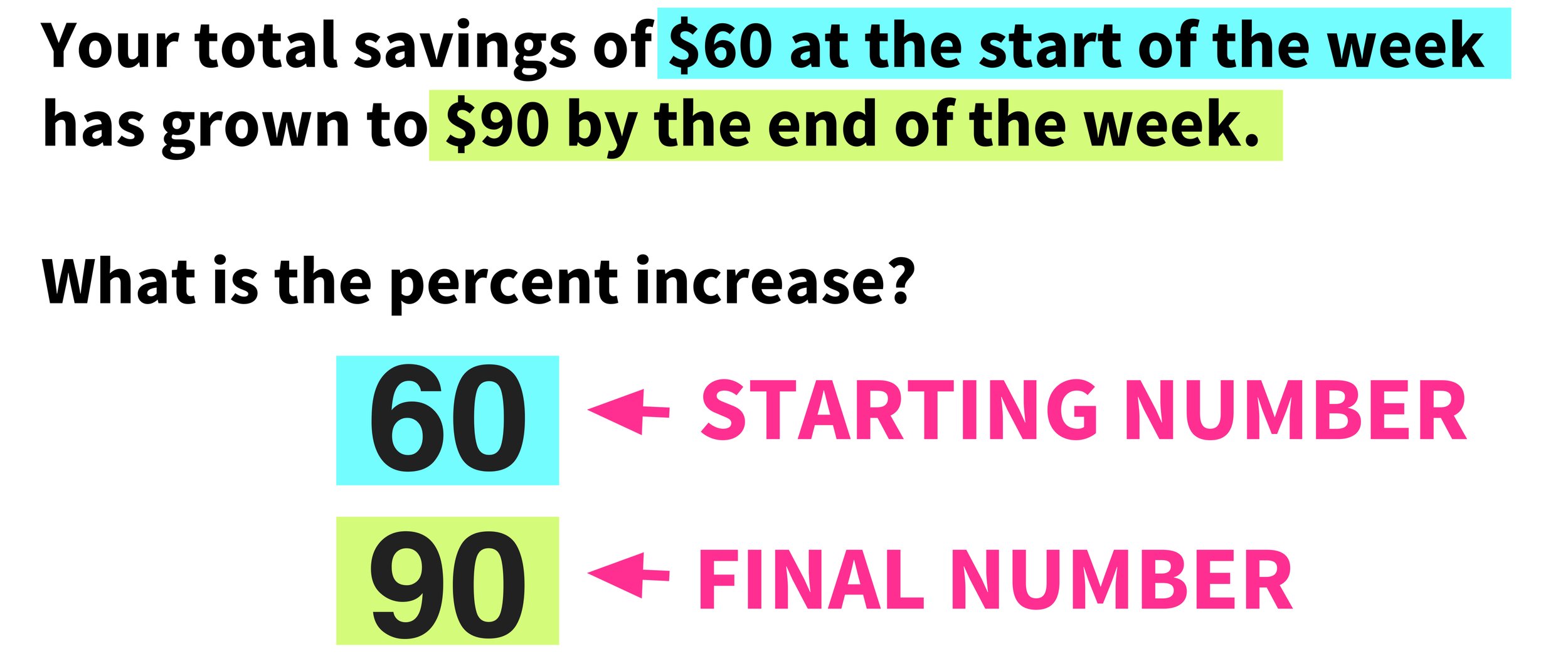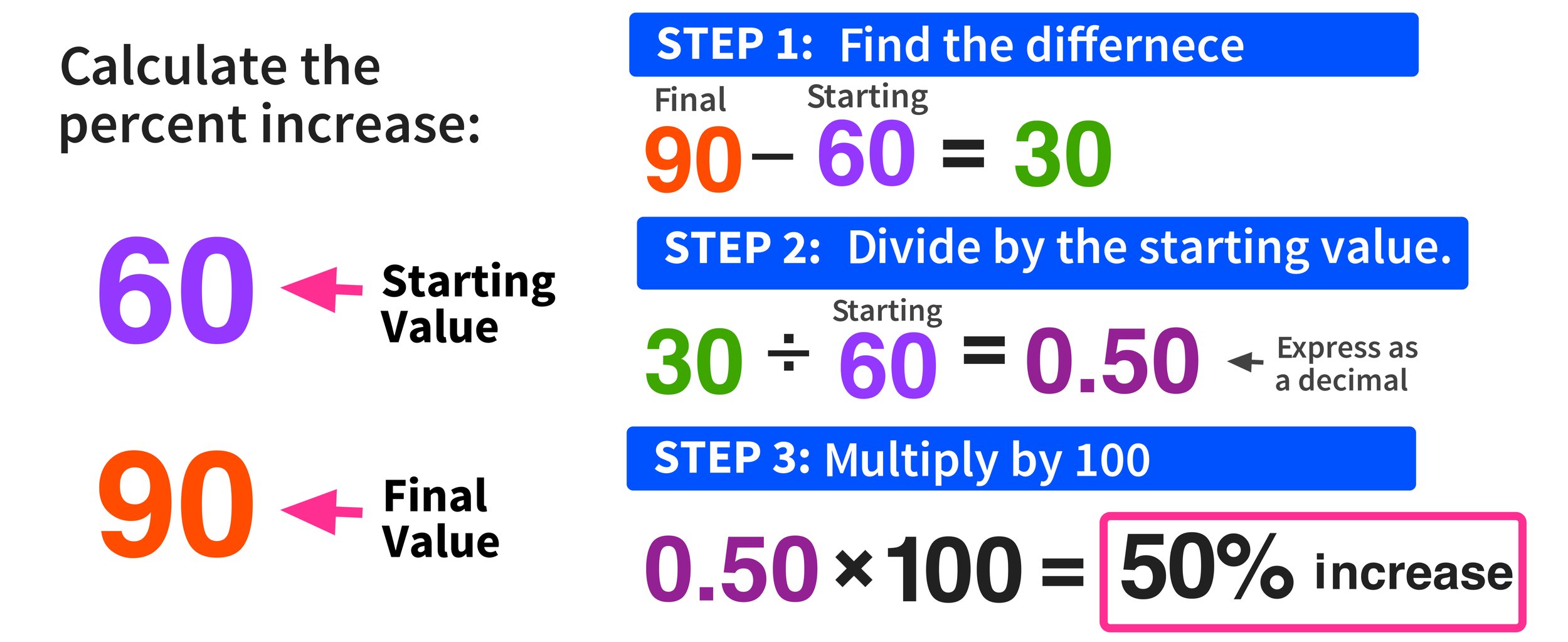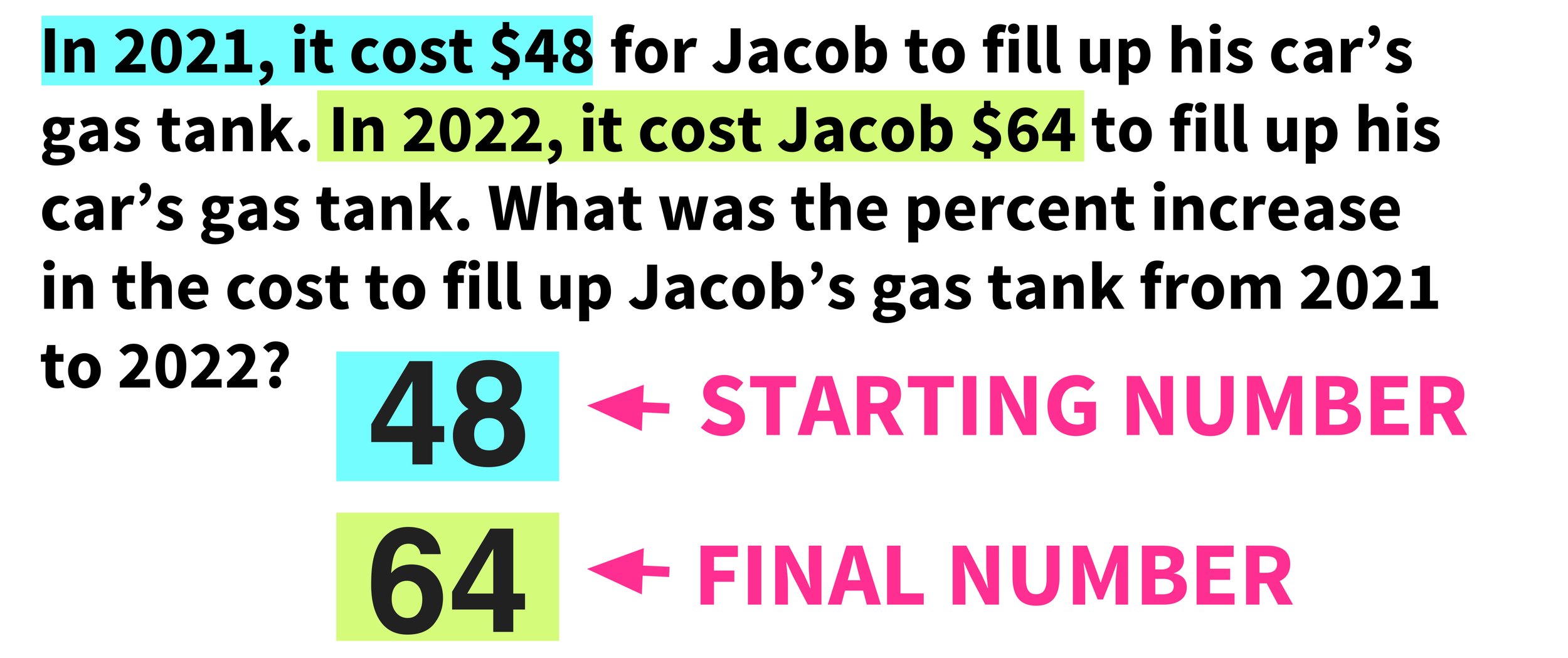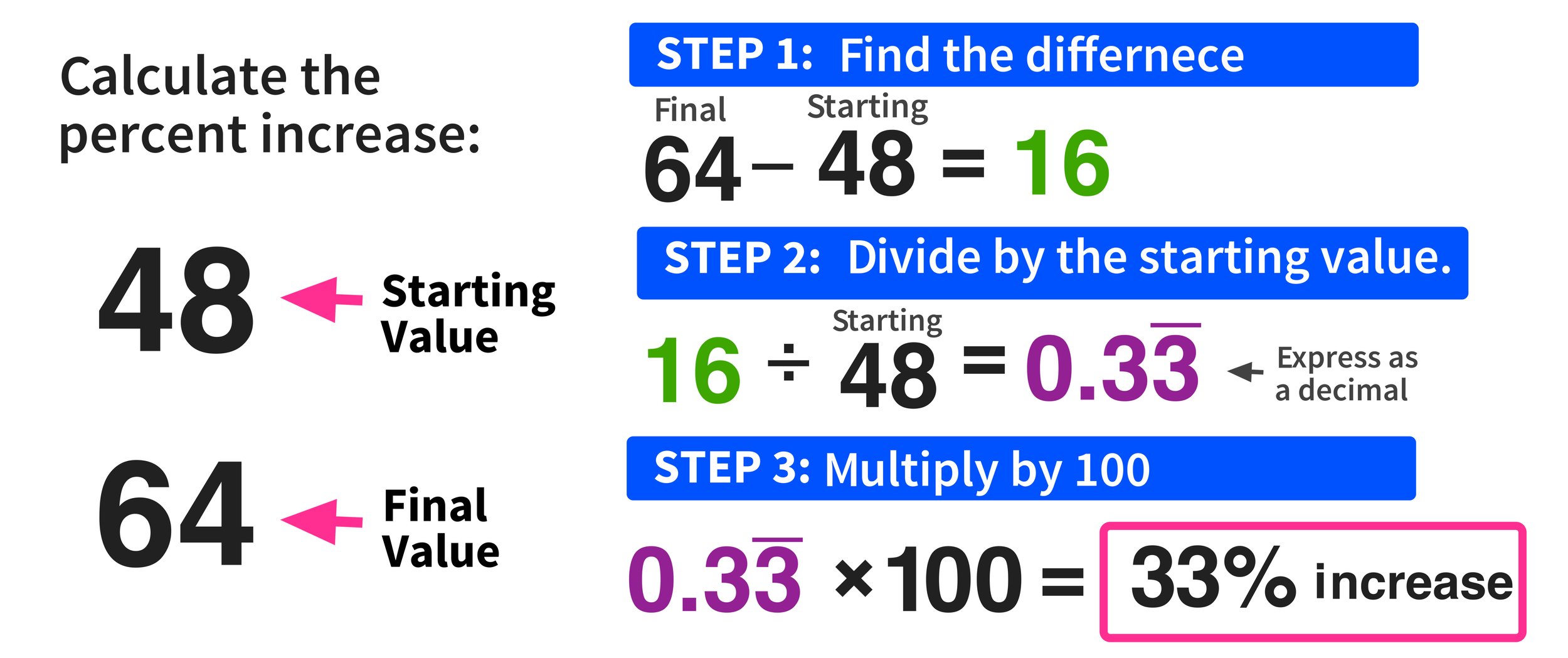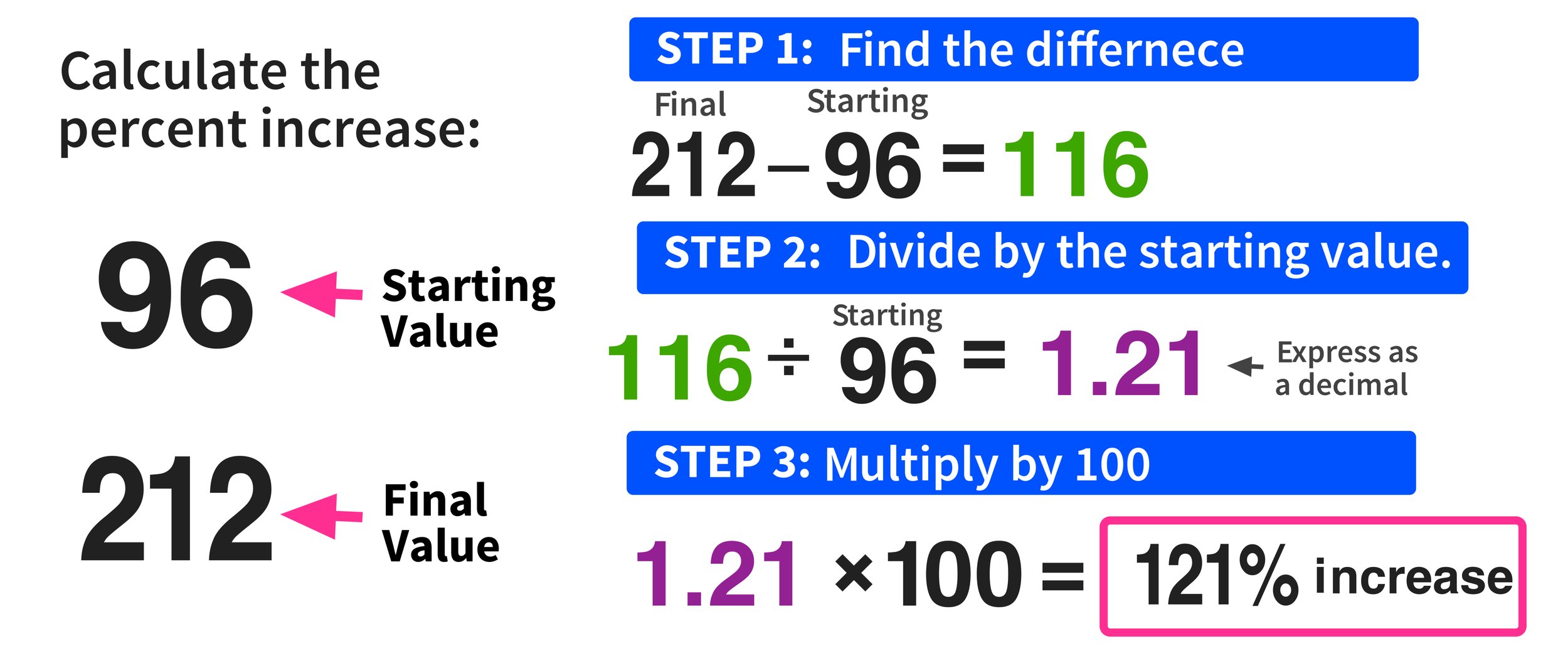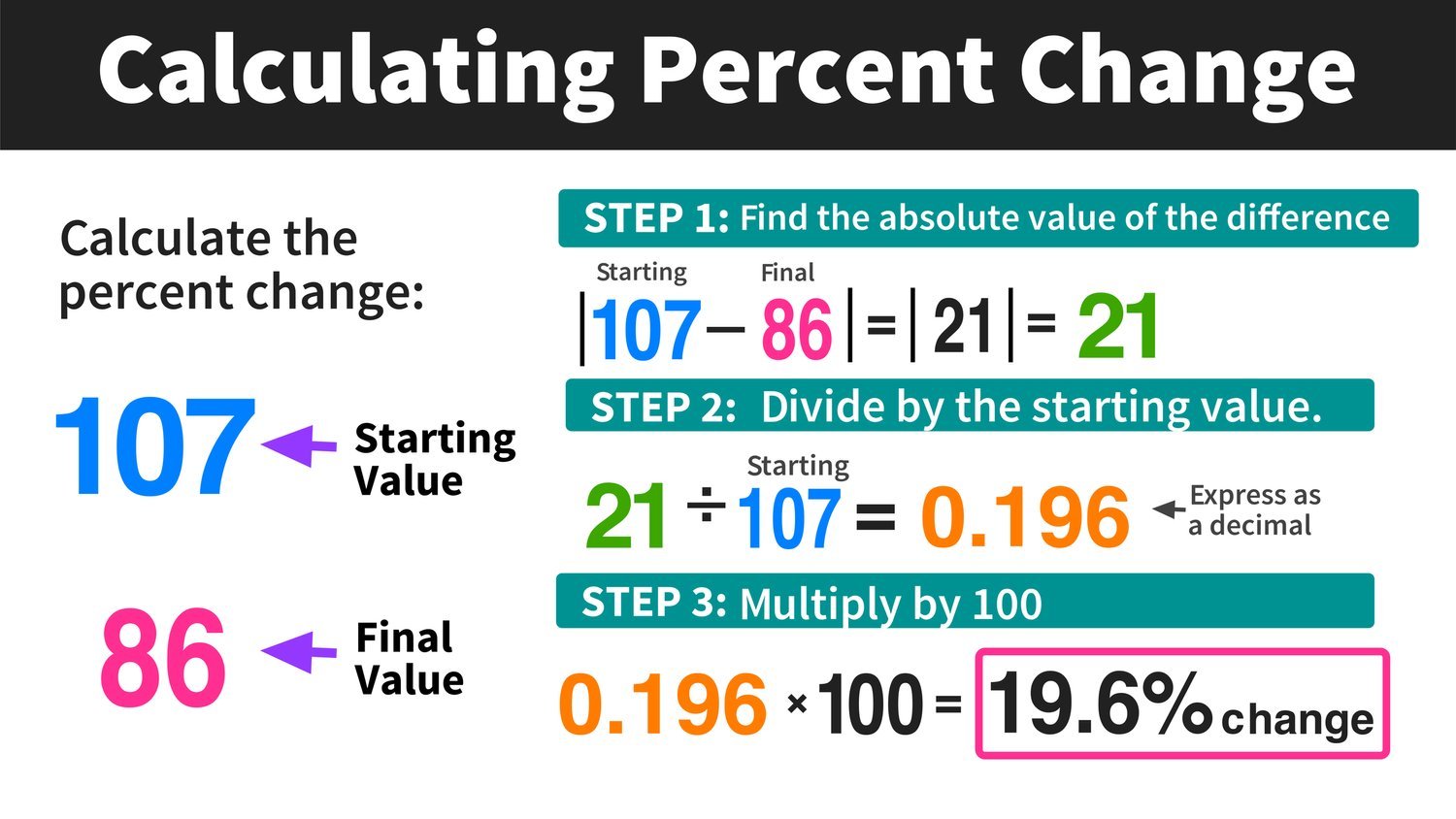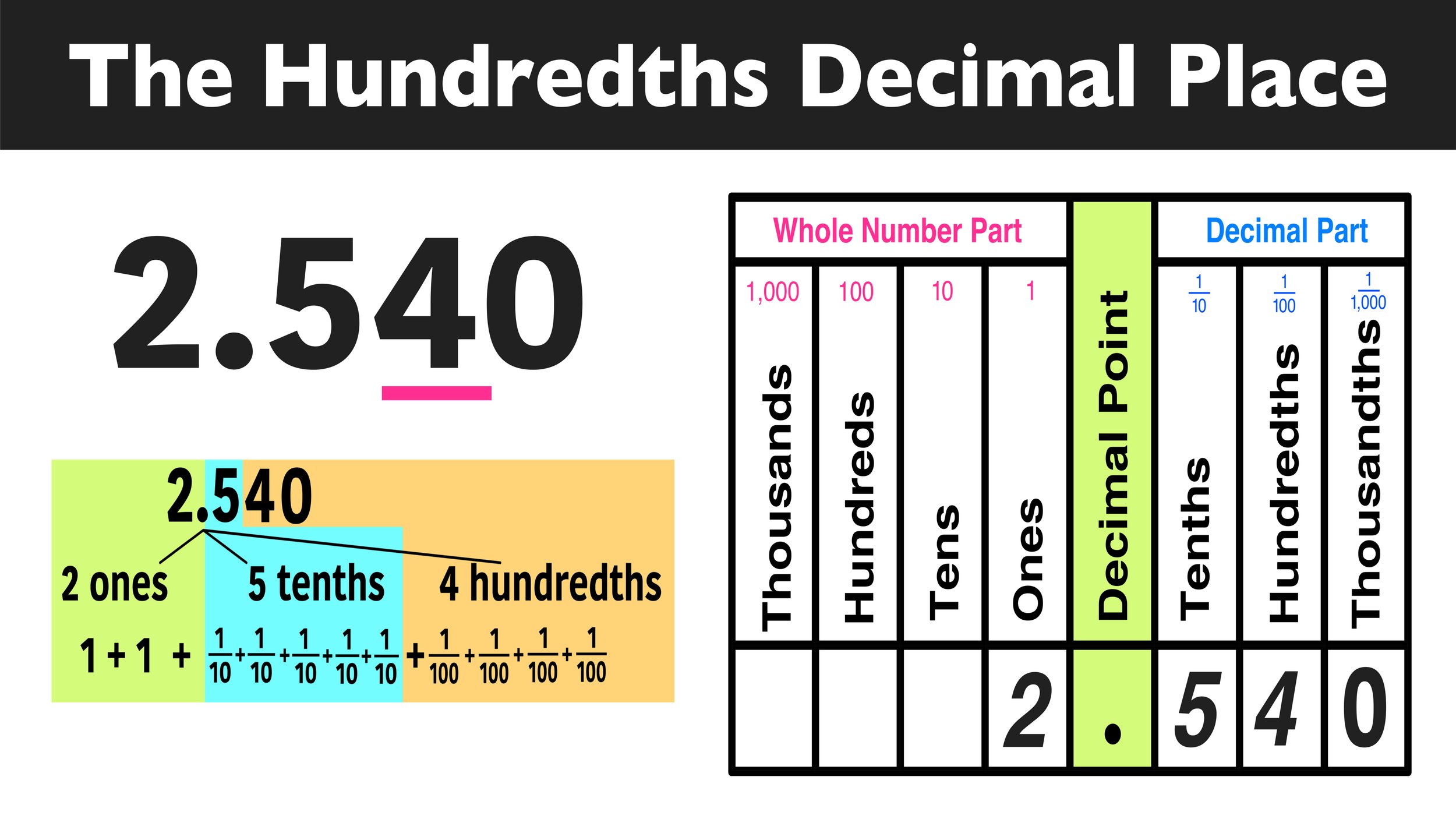You can take the teacher out of the classroom, but—well you know where this is going.
Free from the seemingly endless demands of full-time teaching—and hopefully in a state of rest and relaxation—you now have the luxury of reflecting on the past year and considering ways to better meet the needs of your next group of kiddos.
If you’ve ever had to teach the same courses over and over again, then you know that teaching “on repeat” gets old quickly.
The fun of being an educator comes from the constant challenges and the endless opportunities to be creative and to further master your craft.
Like her students, a great teacher is a lifelong learner. Always growing. Learning from mistakes. And inching closer to the best version of herself that she can possibly be.
Whether you want to honestly evaluate your performance last school year, engage in online professional development, finally attend that conference, dabble in that new teaching trend that you keep hearing about, or just want to lead a more balanced teaching life, then you’re in the right place.
The following list (each a chapter from the book 21 Back to School Tips Every Teacher Needs) is a great way to focus your thinking. To go more in-depth on any topic, download the full PDF eBook here.
1.) Reflect on what you did well the past school year.
2.) Identify your weaknesses
Do you need help evaluating your performance?
3.) Apply strengths to improving weaknesses
4.) Make a plan.
How can you establish teaching goals and hold yourself accountable?
5.) Take time to relax and recharge.
6.) Read a book or two.
7.) Attend a conference.
How can you finally attend that awesome conference without paying out of pocket?
8.) Participate in Twitter chats.
9.) Maintain your relationships.
Looking for strategies for building positive relationships with fellow teachers and administrators?
10.) Get better at saying "no!"
Do you know how to say "no" without feeling guilty?
11.) Prioritize your health.
Looking for tips for teachers staying healthy during the school year?
12.) Consider flexible seating.
13.) Consider a new approach to homework.
Looking to tweak your approach to homework this year?
14.) Consider flipping your classroom.
15.) Embrace more technology.
16.) Get your kids writing more.
How can you get your kids more interested in writing every day?
17.) Bring mindfulness into your classroom.
How can you take advantage of the benefits of mindfulness practice in your classroom this year?
18.) Nurture a growth mindset.
Are you ready to nurture a growth mindset with your kids this year?
19.) Take a leadership role.
How can you take a bigger leadership role in your school this year?
20.) Rock the first week of school!
How can you get through the first week like a teacher rock star?
21.) Get yourself inspired.
Looking for an in-depth discussion on all 21 topics? You can now download my PDF eBook 21 Back to School Tips Every Teacher Needs!
By Anthony Persico
Anthony is the content crafter and head educator for YouTube's MashUp Math and an advisor to Amazon Education's 'With Math I Can' Campaign. You can often find me happily developing animated math lessons to share on my YouTube channel . Or spending way too much time at the gym or playing on my phone.






































